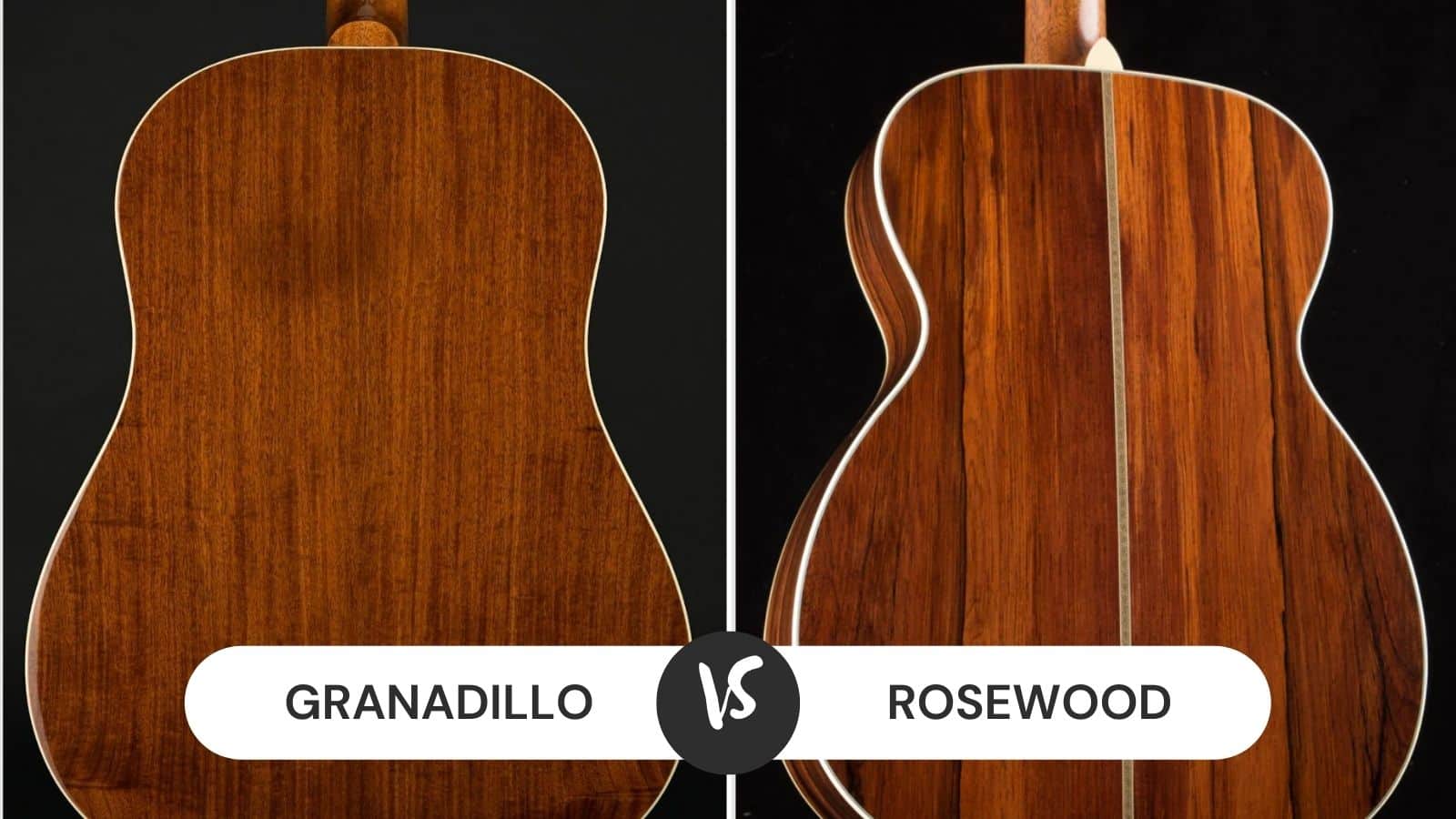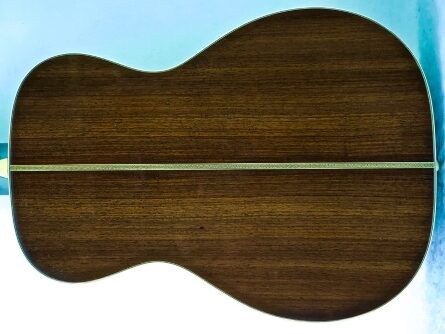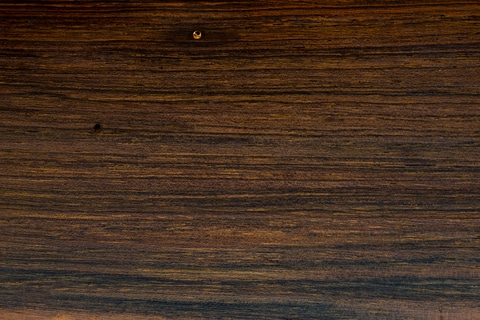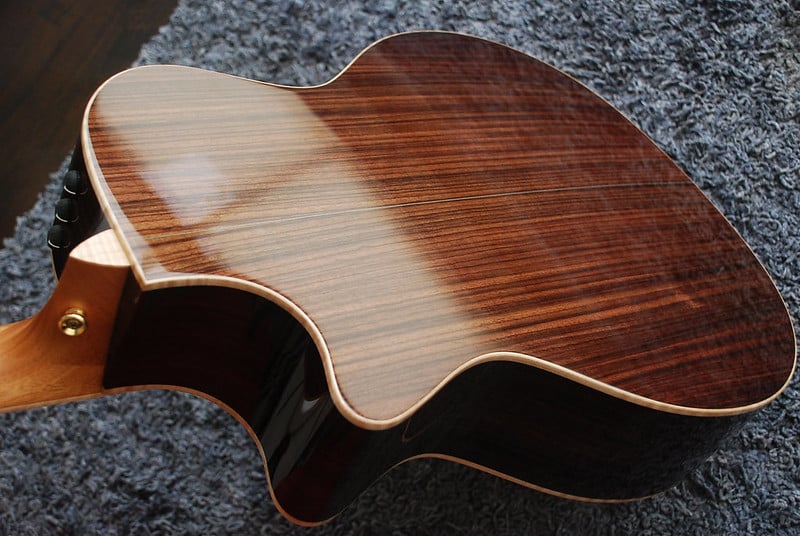
When looking at and researching guitars, their quality and build are perhaps the most important things to consider.
This is because the material with which they are built, not only affects the quality and sturdiness of the guitars but also has the power to manipulate their sound as well.
This is the main reason that guitar manufacturers make sure to only use certain types of woods when creating their products.
Rosewood is a very common wood used by guitar manufacturers and many have long considered it the perfect type of wood to use. However, with the trees becoming scarce and their numbers falling, many have switched to other wood types to create instruments.
Each type of wood comes with several advantages. We will further discuss and understand the qualities of Granadillo and Rosewood as guitar-making materials.
Comparing the Granadillo vs Rosewood
| Features | GRANADILLO | ROSEWOOD |
|---|---|---|
| Country of Origin | South Africa / Central America | Brazil/ Asia |
| Price Point | Very Expensive | High price range though not as high as the Granadillo |
| Color | Earthy Red Tones similar to the Rosewood | Rich red and brown tones |
| Sound type | Dense with bell-like chimes | Bright treble, rich low end, and strong mid-range |
| Availability | Limited | Low, because it is an endangered species |
| Articulation | Clear but Dense | Clear and Bright |
Granadillo
Granadillo is a type of wood that comes from South Africa and is often but informally referred to as Indian rosewood because of their similarity in color. It provides a resonating and bright tapping tone, making it a reliable choice when building guitars.
It is also comparable to the sound of rosewood guitars, though a granadillo is denser and harder and produces an added bell-like sound. Granadillo is also a suitable material for creating guitars that use steel string.
The frequency range of these types of guitars is broader and comes with a very clear articulation of sound.
The bell-like sparkle that resonates from the wood enhances the overall sound of the guitar. The wood is made of a harder material when compared to rosewood.
Additionally, the granadillo also tends to be denser than the rosewood so it creates an extra chiming sound when used as an instrument.
Though coming from South Africa, it originates in Central America. It can be quite expensive and is, therefore, used for the production of a limited number of guitars.
It can be noted as a form of rosewood, or belong to the same family, and is, therefore, the reason you may find so many similarities.
Because of its clear and bright tone, it was once used for the manufacturing of marimbas. However, it later became the main material for creating guitars and this has been going strong for over fifty years.
It has been known to be paired with Sitka, another type of wood, which then spruces up the instrument’s whole appearance while also increasing its longevity, sustainability, and ringing notes.
However, it is not very easily available and is quite limited in its quantity, therefore, it usually fetches a high price.
The granadillo works well with a variety of guitar shapes and types and also a variety of playing styles. For example, if you are a fan of a clear tone with bell-like chimes, the granadillo would be the best choice for you.
It also has a very similar tone to rosewood guitars which are a favorite all around the world. Finally, it produces top-notch acoustic guitars, as well as other instruments, owing to its straight and sturdy structure and good wood quality.
Rosewood
Rosewood is one of the most common and popularly used materials when it comes to manufacturing guitars. This is also, sadly, one of the main reasons that rosewood has slowly been depleting and become endangered.
Many companies must acquire a special certification to keep using it. The frequency it provides is sweeping from both sides of the spectrum and therefore, creates rich musical tones.
The lows it creates are deep with a throaty growl. It can also create bright and sparkling tones on its higher tones that sound beautiful like with a high bell and fiddle-like clarity.
This wood type can be seen on a variety of guitars, though it is usually seen on the laminated series, acoustic, and electric guitars. It is known to have the sonic style of mahogany and proves a strong midrange.
The sound expands in both directions, with a deeper sound on the lower end and a higher, brighter sound on the top end. It has been noted by many that the notes these guitars produced can be described as having a sparkle, sizzle or zest, and wonderfully high articulation.
Considering its frequency range, it is more frequent in the middle and has a lower midrange bloom when compared with mahogany. It is known for having an old and vintage heritage which is what explains its acoustic nature.
There is authenticity and uniqueness when the rosewood guitar is used for audio and music. Rosewood also makes for a versatile tonewood.
It is famous for being able to deliver consistent performances and many players, be it in a studio, at home, or at a concert, can rely on rosewood guitars for their high-quality sound.
The rosewood also goes well with a variety of applications. For example, if you need to have a guitar that has a bright treble and low end that is rich, you would be smart to choose a guitar made from rosewood.
In addition, the articulation and clarity of its sound are concise with a unique sizzle or zest to its tune, making it great for strong and professional sound guitarists.
As far as the types of Rosewoods are concerned, many different wood types fall into the Rosewood family. These include Macassar ebony, Pau Ferro, granadillo, Bubinga, and zirconate.
Conclusion
Rosewood is by far the more popular choice, as it’s readily available and used in a variety of different guitar necks. The rosewood fretboard produces deeper pitches and many of the world’s leading companies, including Gibson and Fender, produce guitars with rosewood fretboards.



